Political Science Professor Diane Wong and GUS doctoral student Jayati Narain are working on a project titled “On Community Care and Imagining Degentrified Futures.” We currently live in a time of prolonged crises that have exacerbated existing vulnerabilities, including asymmetrical relationships that differently marginalized communities have with housing precarity. Despite this, we have seen communities come together in the form of mutual aid and coalitional alignments to secure cash payments toward shelter, rent relief, and eviction moratoriums. The collaborative project interrogates emergent forms of community care in the United States and asks: How have communities responded to displacement, evictions, and other forms of dispossession in the wake of the COVID-19 pandemic? What care infrastructures and care networks have emerged as alternatives to the state? The project draws from a combination of visual, narrative, and community rooted methodologies including interviews with tenants, housing organizers, and mutual aid collectives. Narain brings years of experience to the project after working as an urban researcher in India and having completed the Urban Fellows Program at the Indian Institute for Human Settlements, Bengaluru, India, and a M.A in Interdisciplinary Studies.
Collaborative Research Projects
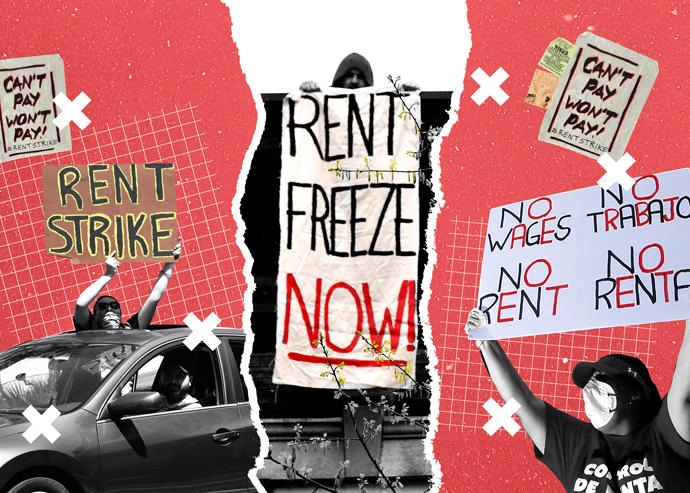
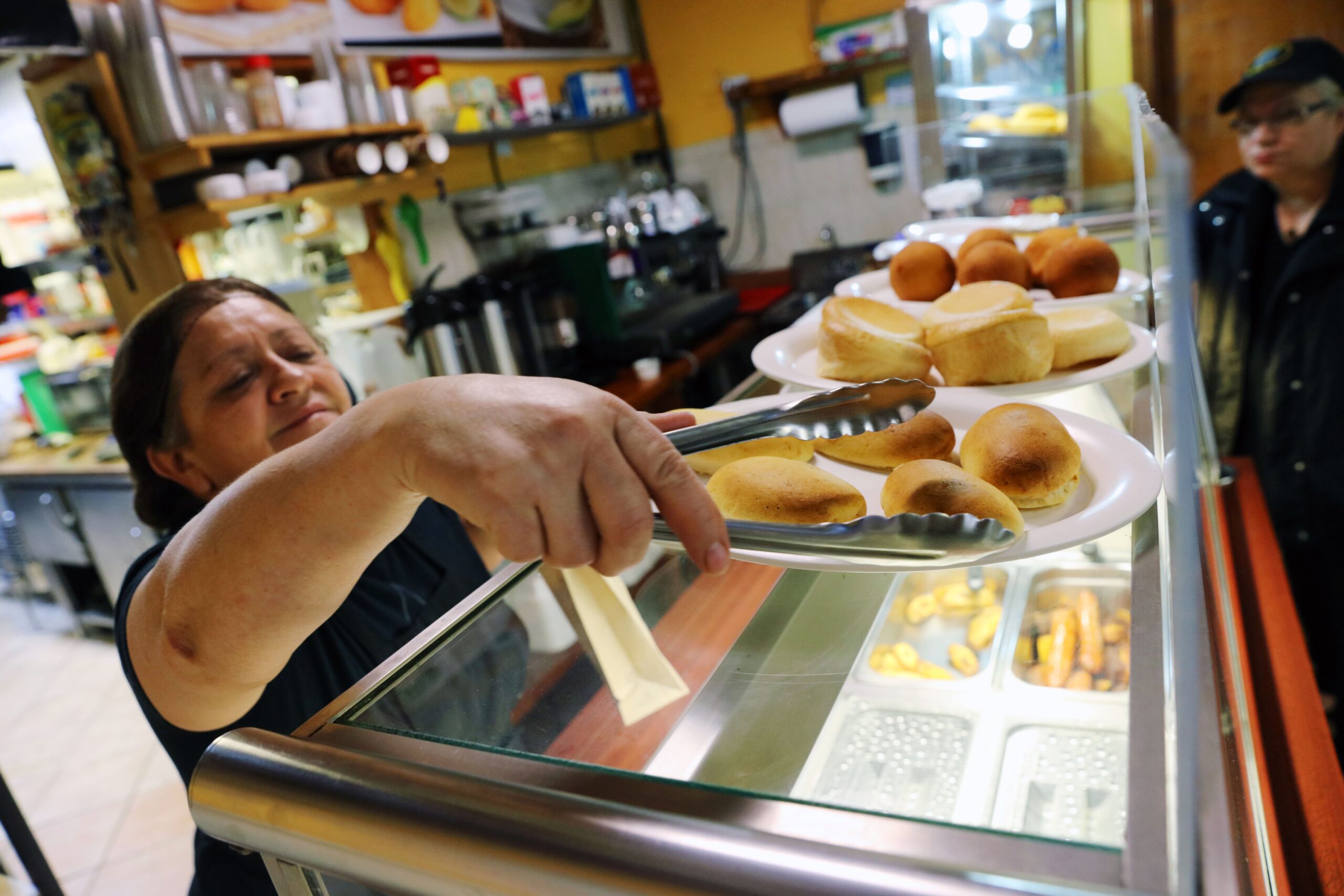
Ph.D. Candidates Gulse Eraydin Ozkan and Thayane Brêtas were lead researchers for the Rutgers Center for Migration and the Global City’s Ironbound Foodscape project, directed by CMGC postdoc Sahar Hosseini and CMGC and Newest Americans director Tim Raphael. Ironbound Foodscapes is a product of a multi-dimensional and inter-disciplinary approach to researching and documenting the history of Newark’s Ironbound, the largest immigrant neighborhood in the city. Over the course of two years , Gulse and Thayane were introduced to the neighborhood, its history and its built environment. Investigating material culture, architectural and landscape history, the anthropology of space and place, they unraveled layers of the landscape shaped by various groups of immigrants who built, inhabited, and continually transformed the neighborhood. Through the project they received training and experience in archival research, architectural sketching, fieldwork observation, and semi-structured interviews with owners and managers of five different restaurants located in the Ironbound. The data collected served as the basis for the Ironbound Foodscapes website, a platform that presents embedded stories of migration, cultural identity, and community building through the medium of food and the built environment. To see the results of Gulse and Thayane’s work, visit https://www.ironboundfoodscapes.com/. (Image credit: Anthony Alvarez).
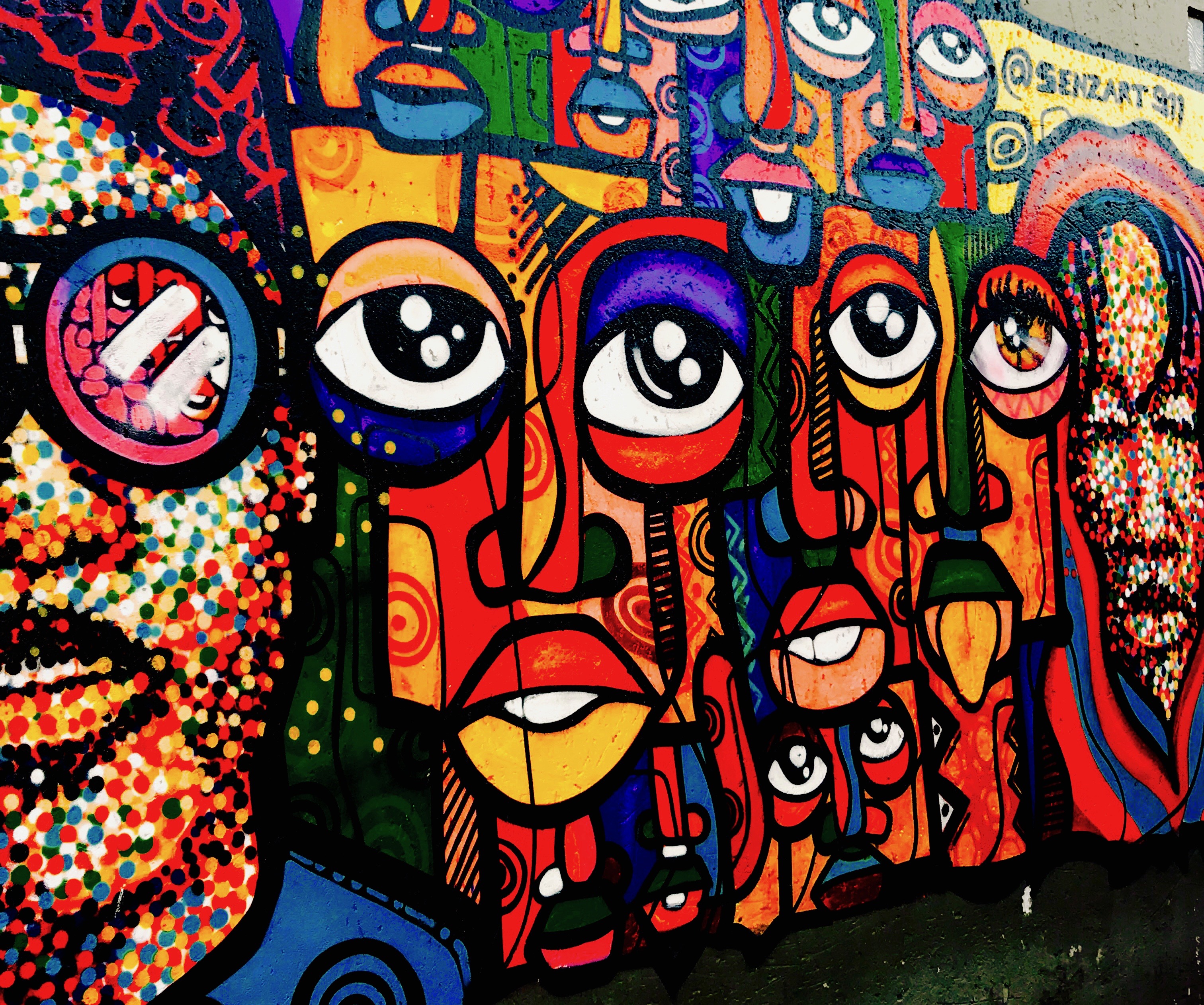
Professors Jamie Lew and Mara Sidney are conducting a comparative research project on urban refugees. This comparative study examines how international migration and policies of integration affect migrants and native-born populations in cities in the U.S. and Switzerland. The study based on interviews, surveys, policy analysis, GIS mapping examines how various migrant groups and native-born populations in given urban space and political economy, negotiate the changing demographics, race relations, integration policies both at the local and national level of governance. Working closely with a cohort of GUS doctoral students and international scholars, this collaborative research project is a long-term effort with universities and scholars outside of the U.S. to help build students’ comparative research skills, publication and conference presentation opportunities, and fieldwork experiences in cities both in and outside of the U.S.
One of the key doctoral students who has worked on this urban refugee project is a GUS doctoral student, Tolu Lanrewaju. Tolu Lanrewaju earned a USAID fellowship at Rutgers University-Newark, allowing her to begin her dissertation research on urban refugees and forced migration in Cape Town, South Africa. During the summer of 2017, she began her fieldwork in South Africa, interviewing migrants who had fled violence and privation in Rwanda, Burundi and the Congo only to find themselves in continued peril in the townships. Lanrewaju conducted more than three dozen interviews — facilitated by the Refugee Legal and Advocacy Center, a nonprofit group — in the Lower Crossroads and Philippi neighborhoods. She traveled to South Africa as a research fellow collaborating with the Global Development Lab of the United States Agency for International Development. Lanrewaju earned her BA from Princeton University and her MA from RBHS.
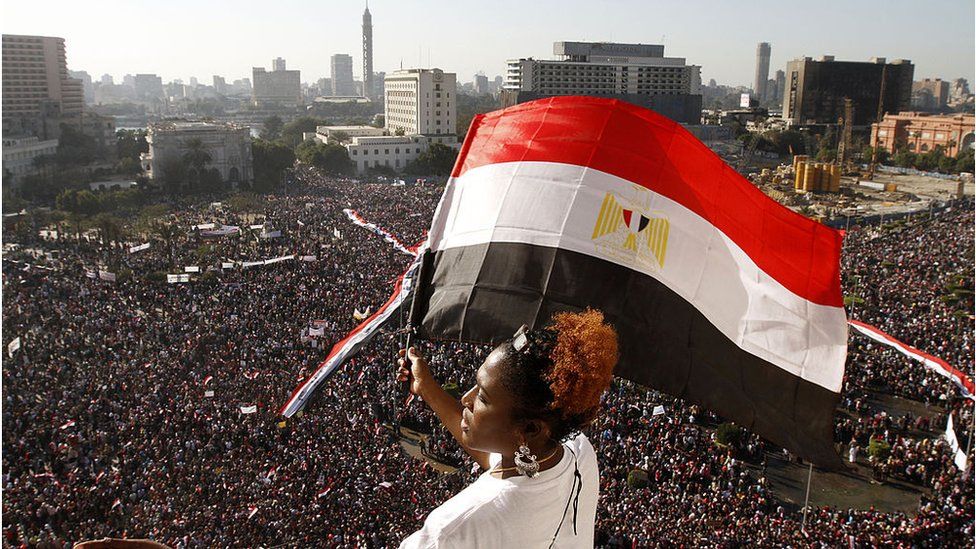
Professor Nermin Allam in the Department of Political Science studies gender politics and social movements in the Middle East. Her book on women’s engagement in the uprising, titled Women and the Egyptian Revolution Engagement and Activism during the 2011 Arab Uprisings, gave rise to her current project on the politics of hope and disappointment among women’s groups. Doctoral student Sajedeh Goudarzi helped Dr. Allam collecting studies, reports, and media coverage on feminist activism, its diverse outcomes, and the emotions associated with it. The research highlights some of the ways in which female activists reconfigured their actions, demands, and strategies amid complex entanglements between hope, failure, and pragmatism. Sajedeh is a PhD student of Global Urban Studies. She holds a master’s degree in diplomacy and international relations and another master’s degree in urban management. Her research is centered on political theory, contentious politics, religion, and gender in the Middle East.

Since 2016, History Associate Professor Eva Giloi has been the PI of Newark Rhythms, an arts and public history project that combines research, exhibitions, sonic-spatial performances, and visual arts installations, aligned with the fiftieth anniversary of Rutgers-University Newark’s campus construction in the 1960s. Eva is currently working with GUS doctoral student Kevin Rogan on Newark Rhythms’ exhibition project the Labyrinth and the Grid. Rejecting the urban planner’s mandate to organize urban experience in the name of “legibility,” the Labyrinth and the Grid is a literal maze of maps that strands visitors in the disjunctures and jagged edges of the cityscape. The project highlights the spontaneous and organic nature of the urban arts as a way to occupy the city through a poetics of space rather than exchange, profit, and consumption. Since the fall of 2020, Kevin has been integrally involved in designing and implementing the Labyrinth and the Grid. Kevin comes to GUS with a Masters in Architecture and several years of professional practice, along with an MA in Theories of Urban Practice at the New School. He is currently a writer, researcher, and editor whose work focuses on the Marxist theory of crisis as it applies to urban space and infrastructure in the United States. For the Labyrinth and the Grid, he has contributed to historical research on Newark’s urban development and constructed models of downtown Newark and Hill Hall, as well as further applied his architectural background towards the creation of a series of maps of Newark which investigate the urban arts, the different ways we experience the city, and our place within it. http://newarkrhythms.org/themes/rhythm3/lab-and-grid
The Labyrinth and the Grid is the most recent project run by Newark Rhythms, which has hosted numerous art events, projects, and collaborations since its inception in 2016. Newark Rhythms’ purpose is to engage students, community members, scholars, and Newark artists in uncovering the history of RU-N. Its goal is to promote understanding and empathy between the city’s diverse populations, celebrate student activism for social justice, and address current concerns about inclusion and exclusion, the role that the arts play in community cohesion and individual empowerment, the opportunities provided by spaces of resistance, and the role that higher education and the humanities play in the development of communities and personal growth. Taking its inspiration from Henri Lefebvre’s term rhythm-analysis, Newark Rhythms investigates how a space becomes a “place” imbued with social meaning as different groups follow their rhythms and make use of the space. Numerous faculty have been involved in Newark Rhythms events over the years, including faculty from the federated History Department, ACM, Express Newark, the Institute of Jazz Studies, and GUS core faculty members, including Gabrielle Esperdy and Rachel Mundy. Students from GUS and other grad programs have also participated, most notably in the spring of 2019 when sonic-artist Andrew Demirjian ran a workshop seminar in which students helped to make the sonic monument, Echoes of Liberation, currently available on campus as an augmented reality app. http://newarkrhythms.org/
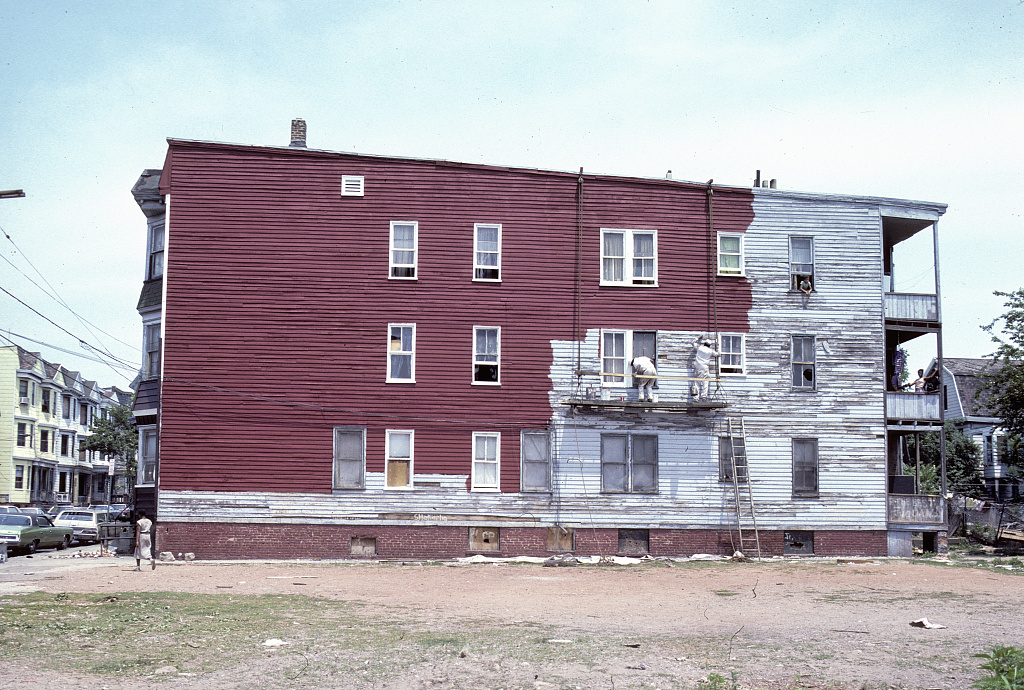
Professors Mara Sidney and Domingo Morel, as part of a faculty-GUS student team, examined the politics of gentrification in cities, with a particular focus on Newark. Working closely with Sidney and Morel as well as Professor Akira Drake Rodriguez from University of Pennsylvania’s Department of City and Regional Planning, GUS students Nakeefa Garay and Adam Straub were key members of the research team. They developed measures to understand the degree to which Newark has experienced gentrification, and explored the types of policies that city officials have used to address gentrification. Recently published in Urban Affairs Review, their article “Measuring and Explaining Stalled Gentrification in Newark, NJ: The Role of Racial Politics” finds that market conditions and relevant policies do not fully explain the nature of gentrification in Newark, positing that racial politics is a significant factor. Garay and Straub’s individual dissertation research focuses on related areas, with Garay exploring civic engagement in community development while Straub’s work centers on the emergence of housing justice activism and its impacts on housing policy. Garay earned her BA and MA from Rutgers University and worked in the field of community development before beginning her doctoral work, while Straub earned his BA from Vassar College and his MA from CUNY School of Urban and Labor Studies.
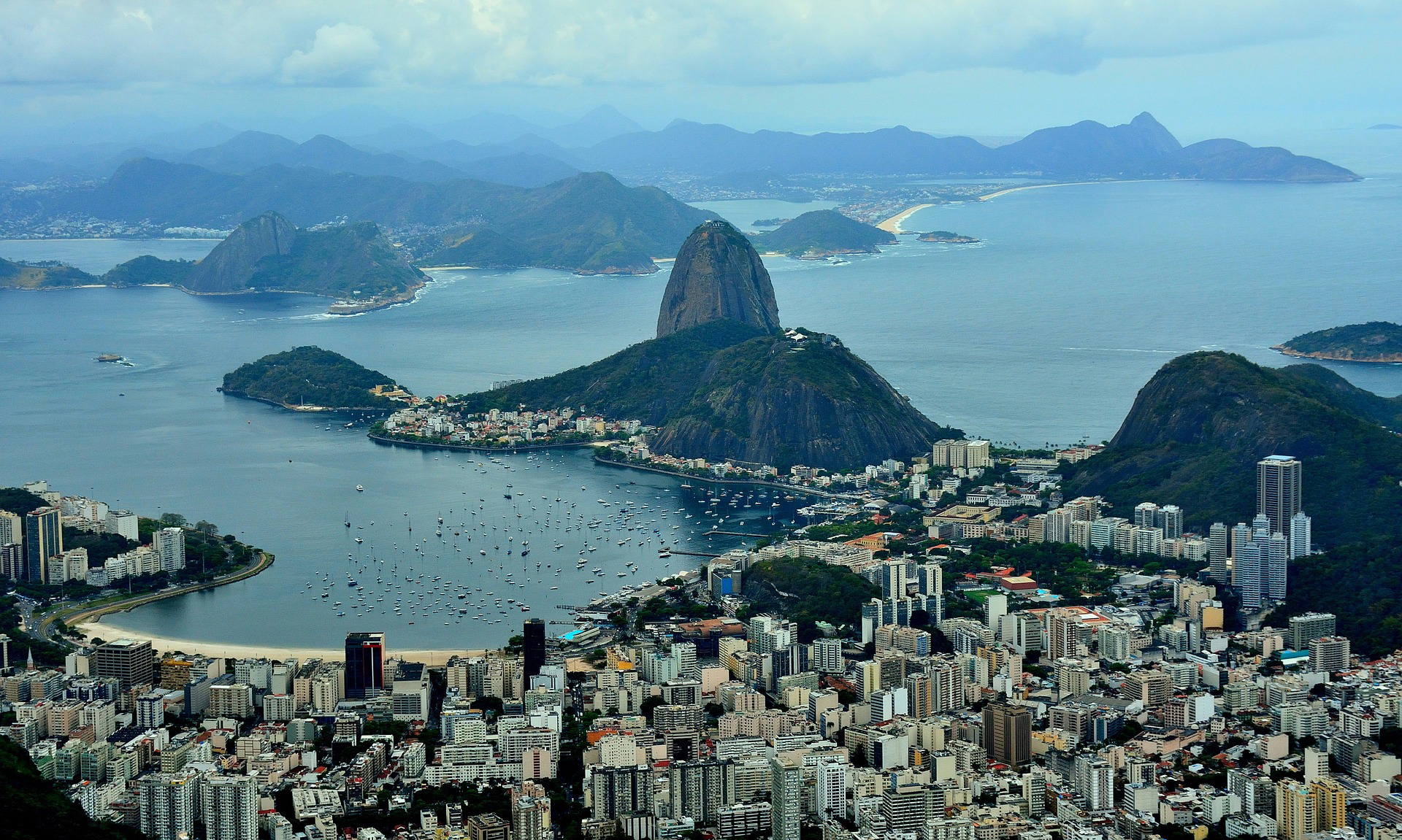
Professor Sean T. Mitchell, a cultural anthropologist, works with doctoral student Thayane Brêtas, who helps with data analysis and transcriptions from his long-term research project, supported by the National Science Foundation. The research investigates changing class relations in Brazilian cities and how they affect political subjectivity and action. The project examines political subjectivity among Brazil’s so-called “new middle class.” In recent years, matters have turned for the worse for much of this population, as Brazil has been beset by economic contraction, austerity policies, and fiercely contentious politics. Brêtas has her BA and MA in Law from University of Rio De Janeiro.
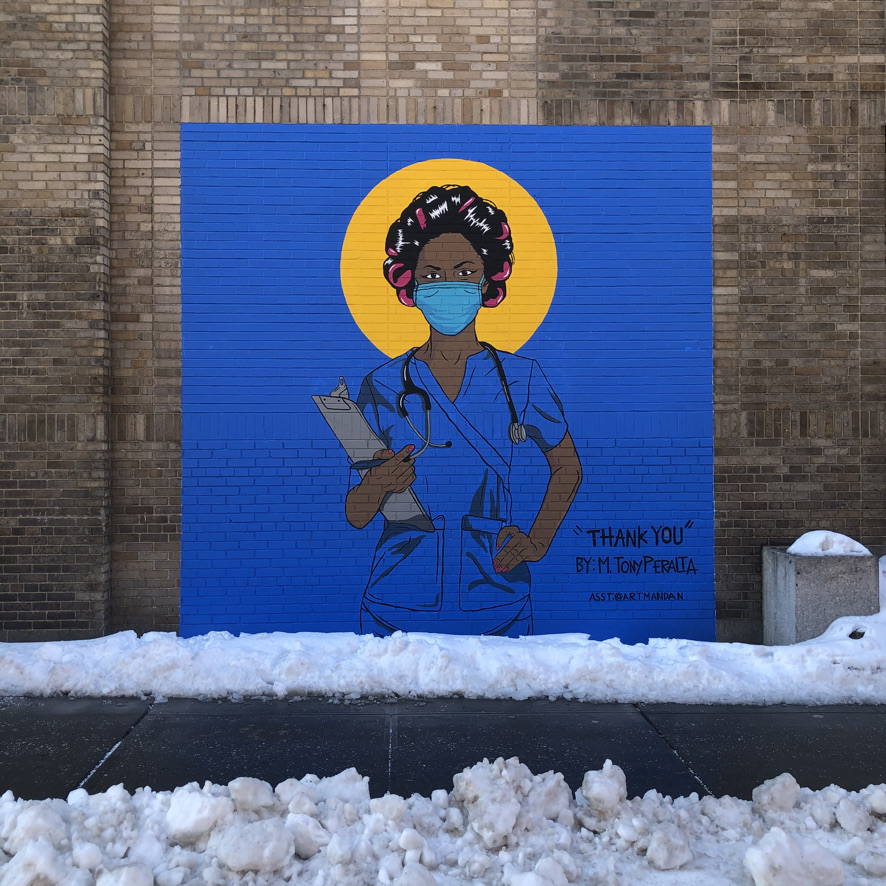
Professor Mara Sidney is working with GUS students Tamara Velasquez Leiferman and Joshua McWhirter on a new project exploring the dual impacts of gentrification and the COVID-19 pandemic in the Washington Heights and Inwood neighborhoods of northern Manhattan, in New York City. Before the pandemic, these places were endangered species, the parts of Manhattan with the most units of affordable housing, even though the stock of privately-owned rent-stabilized housing has been shrinking. COVID-19 rates were among the highest in the city, in part because “essential workers” live here. This project will link residents’ oral histories with policy analysis of the public and private spaces that are important in their daily lives. It will show how individual lives intersect with policies to produce neighborhoods. Sidney and Velasquez Leiferman will collect oral histories to understand how residents experience and make sense of neighborhood changes, and how they respond; they will interview government officials, NGO staff, and real-estate professionals about policies that have shaped the operation of neighborhood spaces and services, whether housing, parks, transit, or commerce. The project will examine theoretically and empirically how residents’ use of neighborhood sites, in conjunction with policies implemented or altered locally, produce neighborhood-specific changes, whether small or large. The study builds on Sidney’s expertise in urban policy and Velasquez Leiferman’s experience researching policy changes and their impacts in New York City and Mexico City. Velasquez Leiferman holds a BA in International Relations from the Instituto Tecnológico Autónomo de México and an MS in International Affairs from The New School.
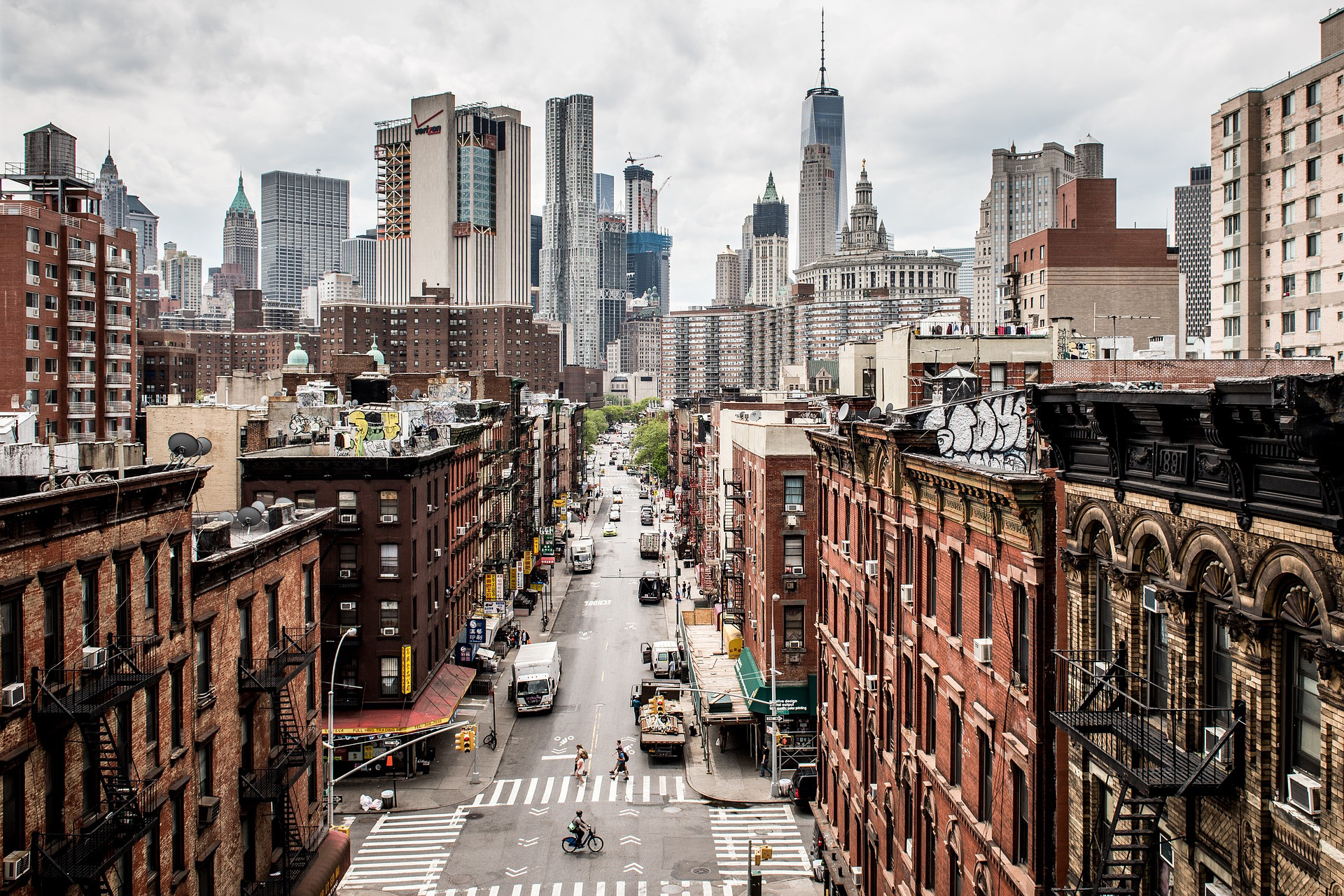
Economics Professor Jason Barr and doctoral student Maryam Hosseini worked on “The Simhattan Project: Growing the City from the Ground Up—An Application to Housing Affordability in New York City.” Housing affordability is a major issue in large metropolitan regions. New York City, for example, has implemented a suite of policies that, intentionally or not, have restricted the supply side of the city’s housing market. The combined effects of rent stabilization, zoning regulations, real estate tax policy, and landmarking having reduced the construction of middle income housing in the city. Barr and Hosseini developed a simulation model of cities to understand how these policies affect the supply of housing, using the relatively new method of agent-based modeling, where they created an artificial city populated with residents and businesses. The aim was to create a kind of cyber-laboratory that allows them to see how the various types of policies determine the location and supply of housing. The goal was to use the model as a policy tool to suggest what can be done to aid in the construction of more affordable units. Hosseini earned her BA in economics from University of Tehran and was enrolled in MA program at University of Warsaw.
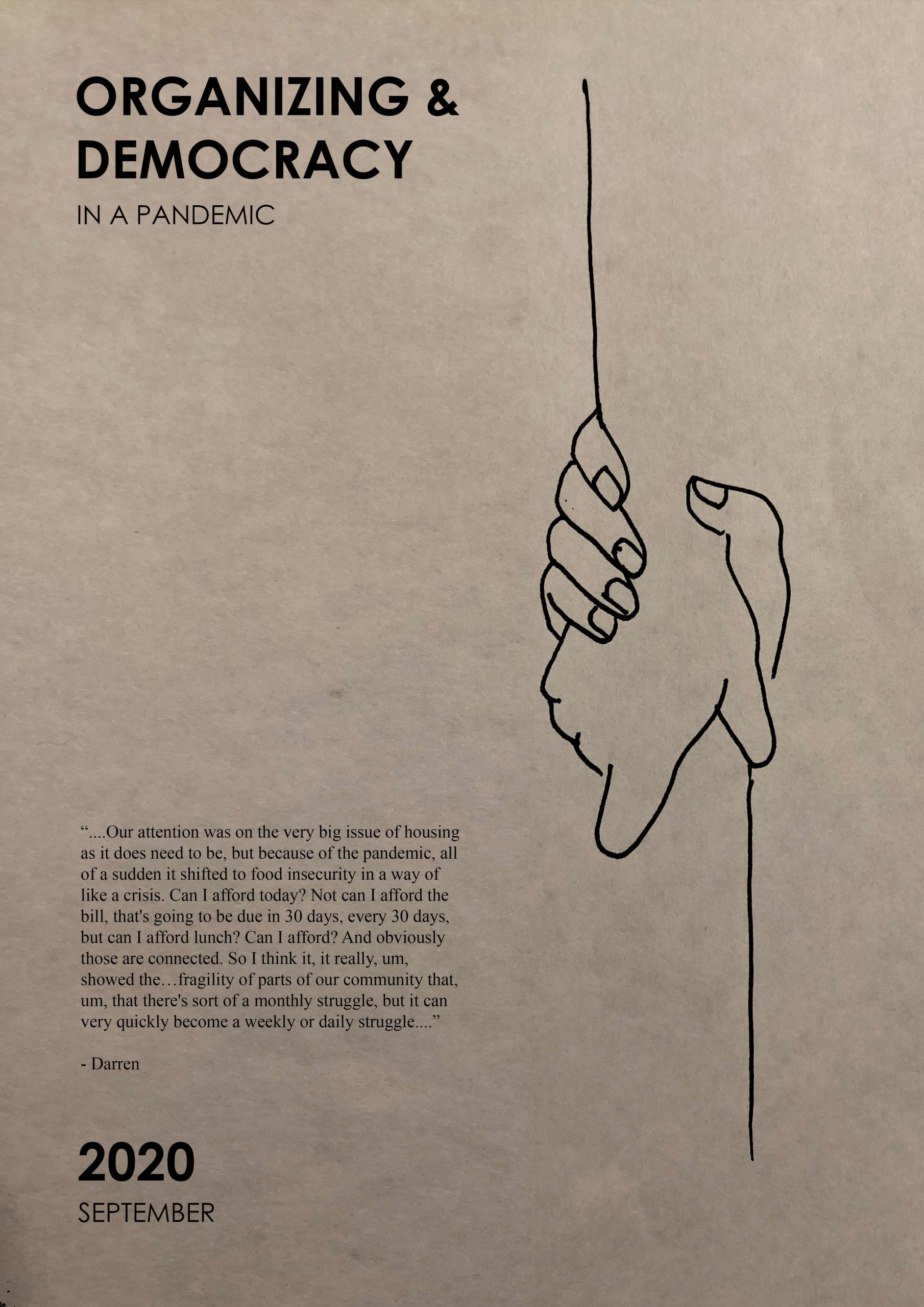
Political Science Professor Jyl Josephson and GUS student Nooreen Fatima have been working on a research project on community organizing during the COVID19 pandemic. Grassroots placed based organizations had strong incentives to respond to the pandemic with new or newly adapted initiatives. However, their traditional organizing methods mitigate against remote practices. The purpose of the study is to understand how broad-based community organizations adapted their organizing and issue campaigns to respond to the COVID19 pandemic. The project particularly documents the changes to existing issue campaigns, tools & methods of organizing, new issue campaigns, challenges, virtual organizing methods, and experiences. It also focuses on democracy and democratic participation in a post-pandemic world.
Josephson is a Professor of Political Science and Women’s and Gender Studies and has conducted several qualitative studies related to this subject matter over the course of her career. She is also a leader with a broad-based community organization. Fatima is an Architect and Urban Designer with several years of experience in qualitative research on community development and public policy. They have collected secondary data on community organizing during the pandemic for 33 organizations and three network organizations. Additionally, they conducted detailed semi-structured interviews with leaders from a chosen network of community organizations in the U.S. Josephson and Fatima gave a paper on the research in April 2021 for the Western Political Science Association meeting titled “Pandemic-era organizing by broad-based community organizations,” and another paper on November 11 at the Northeastern Political Science Association meeting titled “Organizing and democracy in a pandemic.” They plan to publish academic and non-academic writing pieces on their research findings.
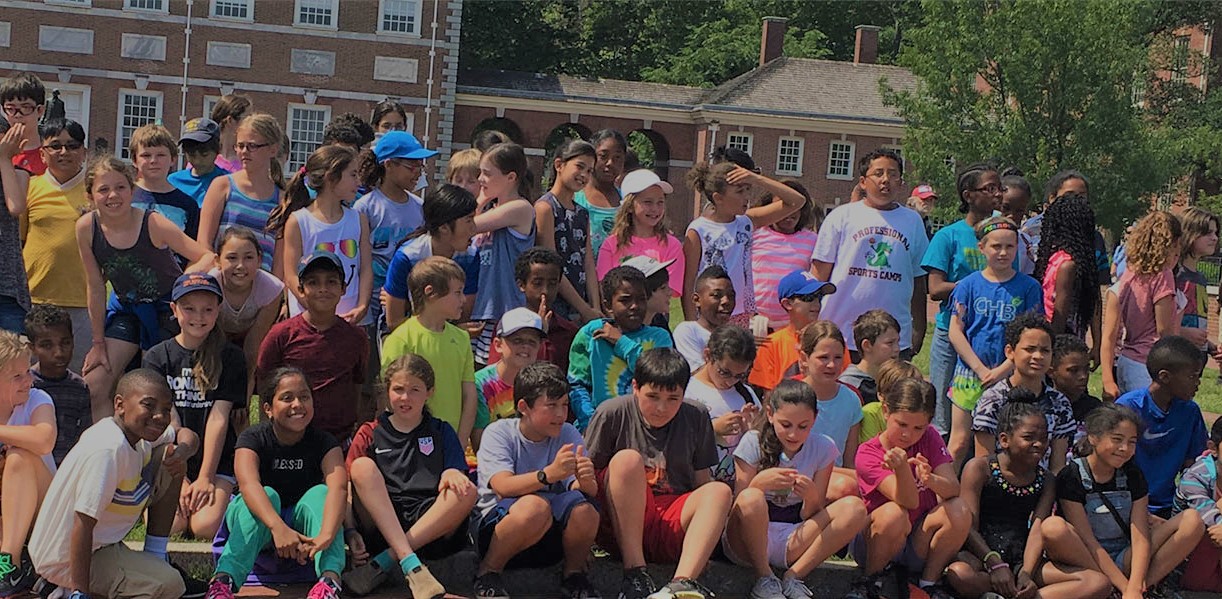
Law Professor Elise Boddie is working with GUS doctoral student Josh Musicant on projects that seek to advance racial equity in public schools. Boddie is the Executive Director of The Inclusion Project (TIP) at Rutgers-Newark and is also the Newark Director for the university-wide Rutgers Institute for the Study of Global Racial Justice. Musicant previously worked as an educator in the Detroit public schools. He holds a B.A. in Philosophy, Politics, & Economics (PPE) and Women’s Studies from the University of Michigan.
The Inclusion Project works to promote racial equity and inclusion in law and policy through research and community practice, with a primary focus on creating and sustaining racial equity in public education. Boddie works in partnership with diverse coalitions of stakeholders across New Jersey, including students, faith leaders, researchers, civil rights and social justice advocates and community members. Musicant is researching the literature on the effects of demographic mismatch between teachers and students, and transformative pedagogical approaches for teaching in integrated classrooms, some of which Musicant implemented in his previous work as an educator in Detroit Public Schools. His research will culminate in a report that will be circulated to TIP’s community partners, as well as state and local officials whose work and advocacy intersects with public education.